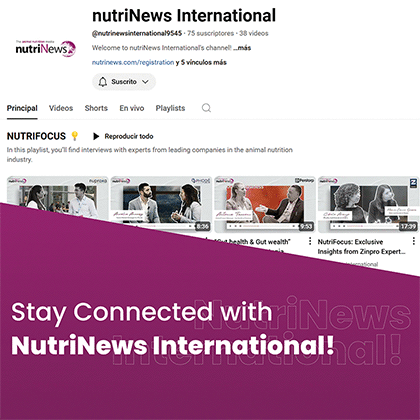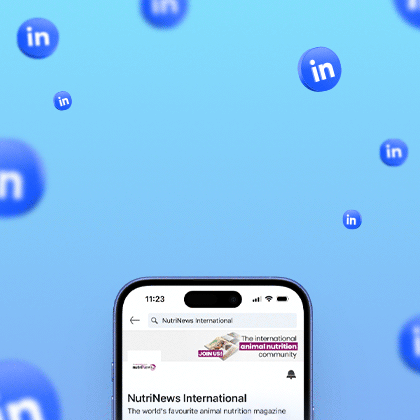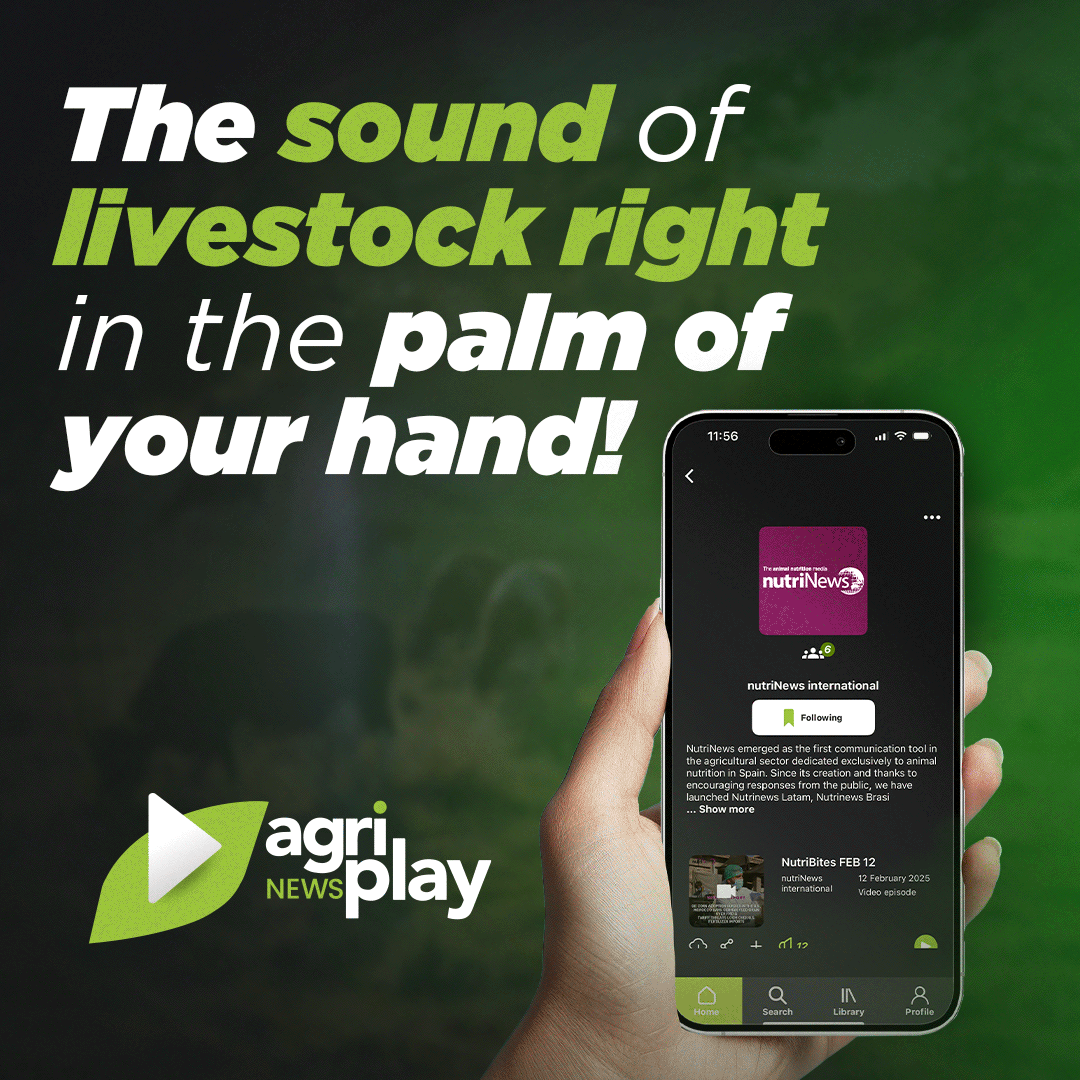|
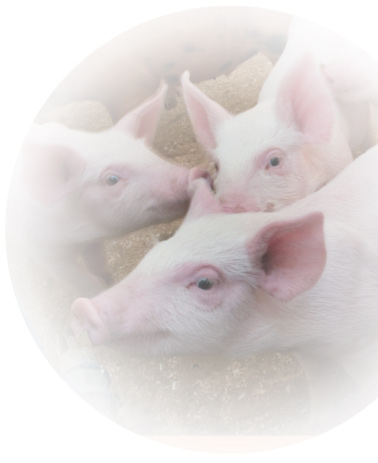
This article provides an overview of various feeding systems tailored to specific production phases, highlighting their advantages and limitations.
FEEDING SYSTEMS FOR BREEDING SOWS
Feeding strategies during the initial 28 days of gestation
Following the insemination of sows, a critical period ensues, during which embryonic implantation takes place.
Approximately on days 12-14 post-fertilization, blastocysts undergo morphological changes and develop two filaments that enable attachment to the endometrial wall.
This stage holds immense significance for the embryo’s survival, as it ensures the provision of essential nutrients for its development.
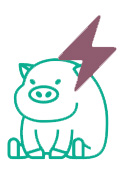 The success of embryo implantation is negatively affected by stress, as it directly hampers the receptivity of the endometrium.
The success of embryo implantation is negatively affected by stress, as it directly hampers the receptivity of the endometrium.
Factors like food competition and typical group hierarchy fights can pose risks during this phase. To address this, most producers house these sows in individual cages until the 28th day of gestation, ensuring proper nutrition and a calm environment for the mothers.
Feeding systems during this period are typically straightforward with minimal technological integration. However, it is essential not to neglect the needs of sows with lower body condition after giving birth.
This phase is crucial for recuperation and rest, and it is vital to provide them with suitable enrichment materials such as cotton ropes or straw. These materials contribute to their comfort and relaxation.
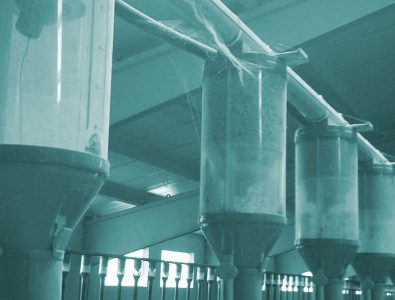
Feeding systems for group-housed pregnant sows
In this phase, our objective is to satisfy the sow’s maintenance requirements, avoiding excessive weight gain or loss.
It is important to remember that nutrition during this stage has a direct impact on the birth weight of piglets and milk production, particularly in the final third of gestation.
 |
Electronic feeding stations are regulated feeding systems controlled by an electronic machine connected to a computer system.
Sows enter the electronic feeder where they are individually identified through an electronic chip embedded in their ear tag, allowing them to receive their corresponding ration based on their weight and gestation status.
Advantages

![]() They ensure that every sow consumes their feed.
They ensure that every sow consumes their feed.
 This system is the only one that guarantees that each sow receives the appropriate ration based on her specific requirements.
This system is the only one that guarantees that each sow receives the appropriate ration based on her specific requirements.
 They offer a vast amount of information and a wide range of possibilities.
They offer a vast amount of information and a wide range of possibilities.
Limitations




Self-catching devices and feeding systems
In this feeding system, the sow is placed inside a gestation crate that is equipped with a gate that automatically closes once she enters the stall.
Advantages
 It is suitable for groups of all sizes and effectively eliminates hierarchical competition.
It is suitable for groups of all sizes and effectively eliminates hierarchical competition.
 It enables individual handling of the animal, if required, by blocking the door
It enables individual handling of the animal, if required, by blocking the door


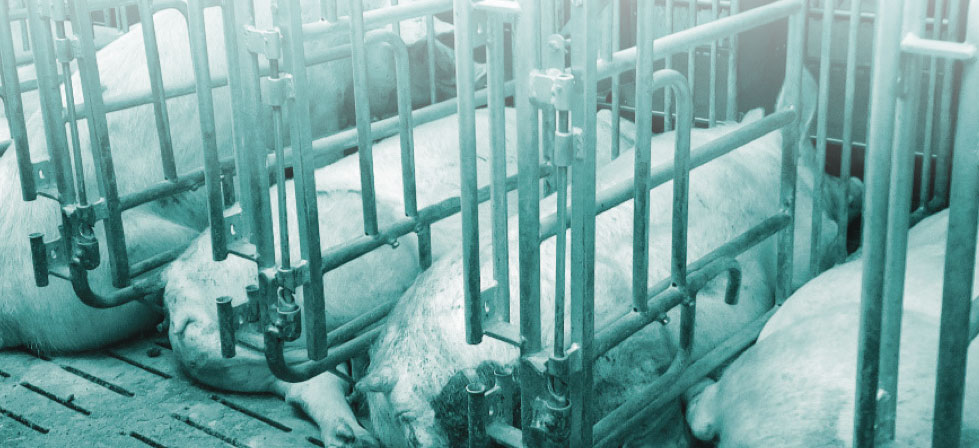
Individual feeding system with box or semi-box
This feeding system is widely used due to its simplicity and effectiveness in adapting the previous gestation systems to meet current welfare regulations.

 It involves minimal investment and enables a relatively personalized feeding control.
It involves minimal investment and enables a relatively personalized feeding control.
 The competition for food intensifies because, even though each sow has space, the faster and dominant ones usually drive away the weaker ones once they finish eating their own ration.
The competition for food intensifies because, even though each sow has space, the faster and dominant ones usually drive away the weaker ones once they finish eating their own ration.

As a result, within the same group, we find animals with different body conditions. In such cases, it is crucial to organize groups based on parity and body condition.

 The competition for food leads to fights and an increase in lameness and certain diseases (such as leptospirosis).
The competition for food leads to fights and an increase in lameness and certain diseases (such as leptospirosis).
Therefore, farms that initially opted for this quicker and more economical approach are now facing the need to reinvest in self-capture cages or even electronic stations, incurring additional costs.

Automatic feed hoppers
These feed hoppers are equipped with a presence detector that enables the delivery of feed in small amounts and at specific intervals.
Unlike electronic stations, they do not require a chip or computer, but they do not provide the option for individualized feeding either.
This system is not commonly used because it lacks the notable advantages of feeding stations while still inheriting the disadvantages of other systems, such as higher costs, increased competition, and potential body condition imbalances.
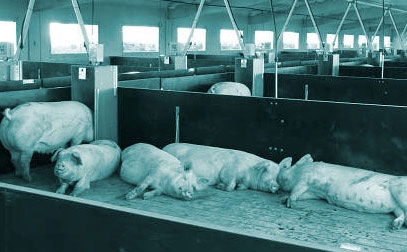
Feeding systems for lactating sows
The feeding system during lactation has a direct impact on its success. While it used to be the phase with the lowest investment priority due to its short duration, these 28 days will determine the productive and reproductive lifespan of our sows.
During the lactation phase, we are not only influencing the next reproductive cycle but also the current litter. The production of milk and colostrum is closely related to the quantity and quality of water and feed consumed. Additionally, this has implications for the weaning weight of the piglets.
 |
Feed dispensers
This is the most straightforward and widely used system to date, where feeding depends on the judgment and “willingness” of the assigned worker.
Advantages
 Most cost-effective system.
Most cost-effective system.


Automatic feeders
These are the most innovative and sophisticated systems, allowing for individualized and regulated feeding through a computer and individual electronic regulators.
These systems enable the automatic adjustment of feed quantities administered to each sow based on:



Sows obtain their feed ration by activating an electronic agitator, which dispenses a small portion of feed.
This promotes higher intake and reduces feed losses because the sow needs to empty the feeder to activate the electronic activator. As a result, a new ration will not be dispensed if the previous one has not been consumed completely.
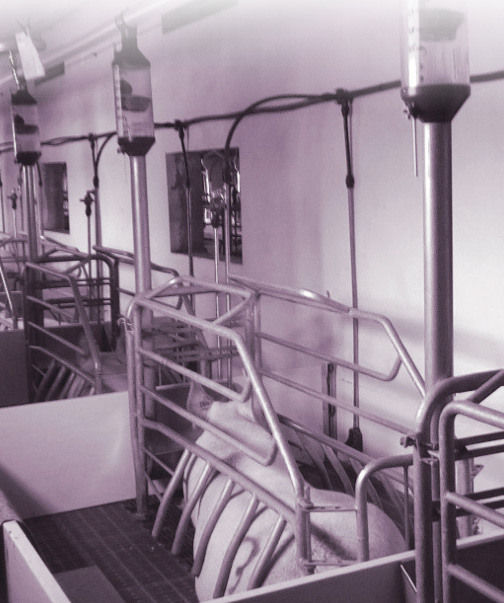
Advantages

 Labor reduction
Labor reduction
 Feed waste reduction.
Feed waste reduction.

Limitations


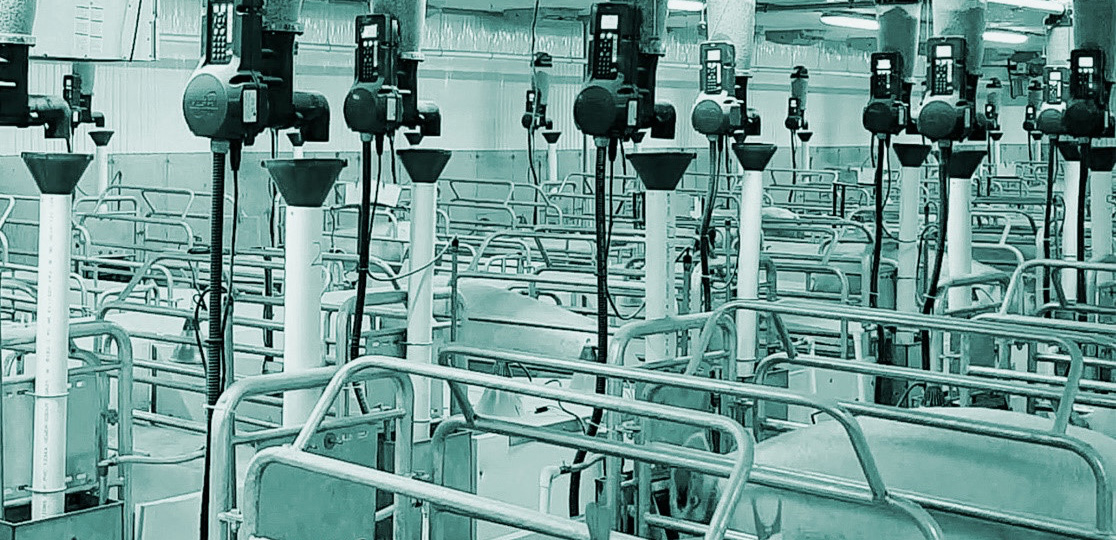
Feeding ball
Feeding balls are slow-release dispensers that rely on sows hitting a ball to activate the feed release mechanism.
Various models are available, but they generally enable ad libitum feeding for sows, leading to improved feed consumption and productive outcomes.
Advantages





Slow-release with electronic control
A slow-release system with an electronic controller for each farrowing pen enables the programming of multiple feedings per day with the desired quantity for each sow. However, these systems do not have automatic curve adjustment capabilities, so the controller needs to be manually adjusted.
FEEDING SYSTEMS IN WEANING OR NURSERY
During these phases, the focus will primarily be on productive efficiency, measured by parameters such as feed conversion ratio (FCR) and average daily gain (ADG).

The key during the transition phase is to achieve a rapid adaptation to the feed, which will lead to growth and good health. Therefore, the focus should be on the quality of the feed rather than the feeder itself.
In this context, it is important to keep in mind some fundamental principles, such as ensuring the availability of food and water (paying attention to the height of the drinker and the depth of the dish) and properly adjusting the feeders.
During this stage, linear feeders in dry hoppers are commonly used.

Additionally, for pens housing smaller animals, it is common to use milk feeders that offer more appetizing and easily digestible feed, catering to their immature digestive systems.
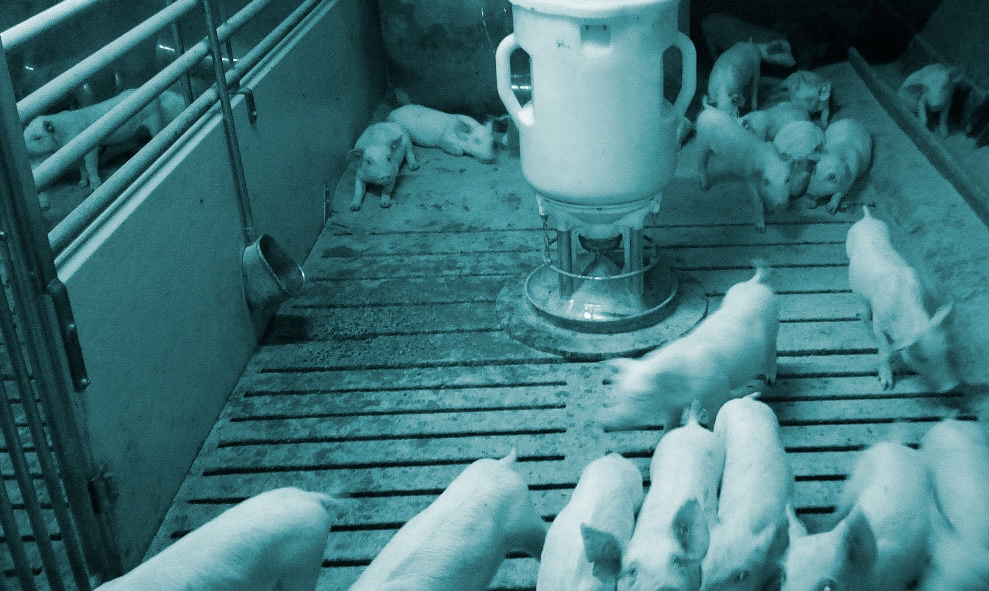
Feeding systems in grow-out facilities
The main focus in this phase is on productive performance (feed conversion rate), as well as durability and practicality.
Therefore, you will find simple and cost-effective systems that are easy to clean and long-lasting.
Efficiency is prioritized, with feeders that are easily adjustable and minimize feed wastage.
Limiting factors include:

 The number and placement of water drinkers.
The number and placement of water drinkers.
Hoppers
Dutch Hopper
These are commonly used in our country’s grow-out facilities and are known for having a water access point integrated into the hopper itself, allowing pigs to drink and eat simultaneously.
Advantages

 The hopper drinker offers an extra water access point, separate from the pen drinker, enhancing the well-being of the pigs.
The hopper drinker offers an extra water access point, separate from the pen drinker, enhancing the well-being of the pigs.



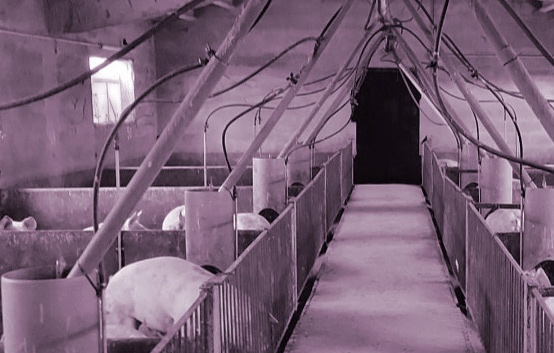
Mixed hopper
This type of feeder is becoming increasingly common in new and renovated farms.
In this case, the hopper also has a nipple, but it is separate from the feed.
 Obstructions caused by feed are less frequent, although its proper functioning should still be checked regularly.
Obstructions caused by feed are less frequent, although its proper functioning should still be checked regularly.
Some models include a float that ensures a constant water supply in the drinker tray.
Dry hopper
Most dry hoppers are made of concrete or stainless steel and do not have an integrated drinker. They are available in various sizes and models.
 They are the most cost-effective option but also occupy more space, which reduces the number of available slots.
They are the most cost-effective option but also occupy more space, which reduces the number of available slots.

Automated feeding systems
While precision feeding technology is not yet widely used in the finishing phase, we can expect to see an increase in the adoption of systems that enable automatic sorting and separation of pigs based on their weight. This advancement allows for the customization of feed rations based on the individual performance and needs of each pig. It also streamlines the management and planning of pig groups, making it easier to send them to the slaughterhouse once they reach the desired weight. As this technology becomes more prevalent, it has the potential to enhance efficiency, optimize feed utilization, and improve overall productivity in the pig industry.
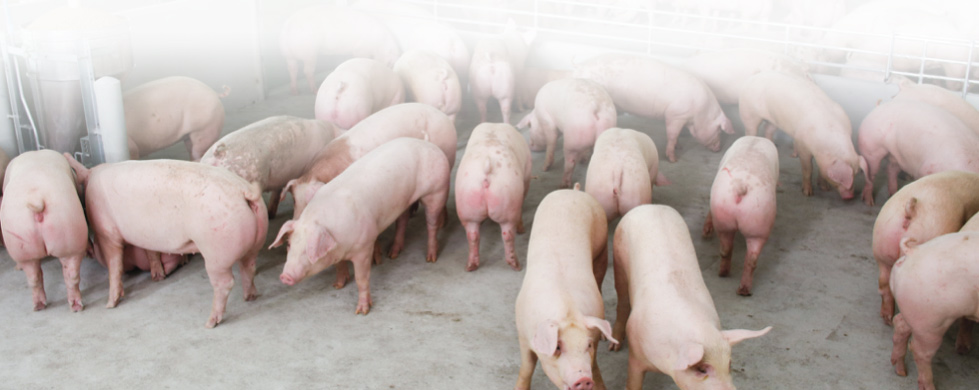
Source: This article was originally published as a content in Spanish in porcinews.com



